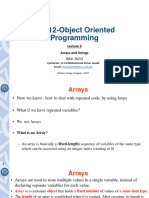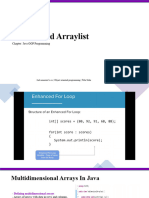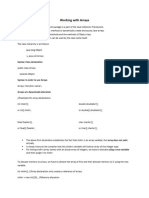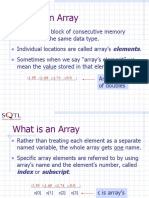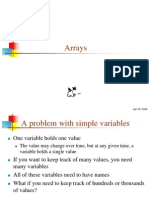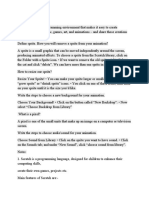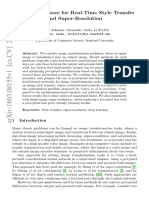0% found this document useful (0 votes)
26 views53 pagesLesson 6 Arrays and Array List Classes
Chapter 7 covers arrays and the ArrayList class in Java, detailing their creation, initialization, and various operations. It explains how to process array contents, pass arrays as arguments, and introduces two-dimensional arrays and ragged arrays. The chapter also discusses the ArrayList class, highlighting its dynamic nature compared to traditional arrays.
Uploaded by
FethulmubinCopyright
© © All Rights Reserved
We take content rights seriously. If you suspect this is your content, claim it here.
Available Formats
Download as PDF, TXT or read online on Scribd
0% found this document useful (0 votes)
26 views53 pagesLesson 6 Arrays and Array List Classes
Chapter 7 covers arrays and the ArrayList class in Java, detailing their creation, initialization, and various operations. It explains how to process array contents, pass arrays as arguments, and introduces two-dimensional arrays and ragged arrays. The chapter also discusses the ArrayList class, highlighting its dynamic nature compared to traditional arrays.
Uploaded by
FethulmubinCopyright
© © All Rights Reserved
We take content rights seriously. If you suspect this is your content, claim it here.
Available Formats
Download as PDF, TXT or read online on Scribd
/ 53



















